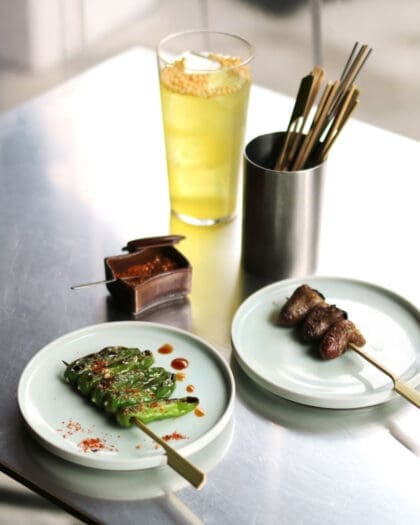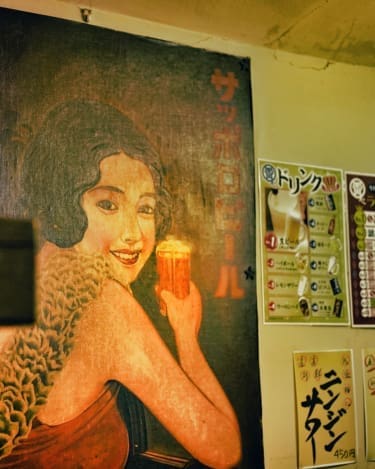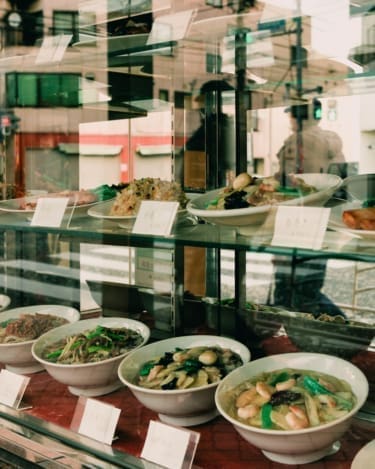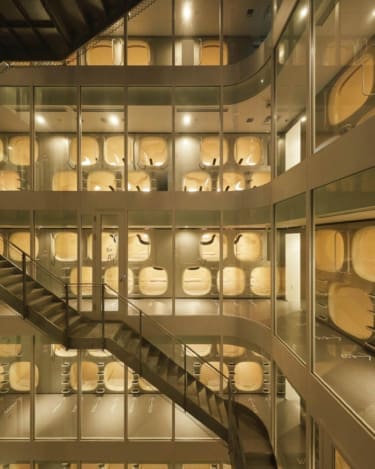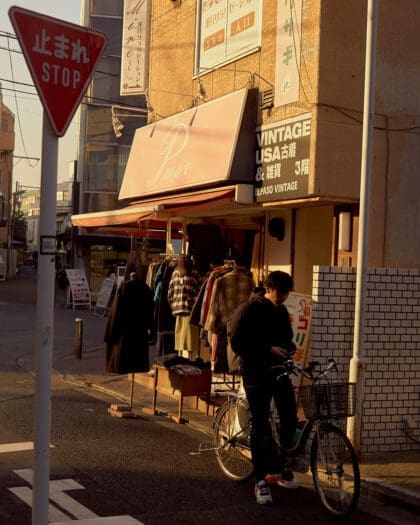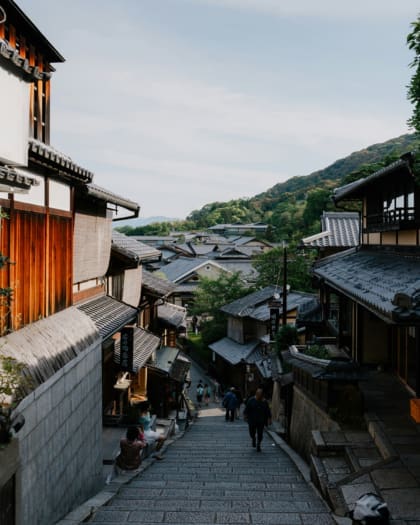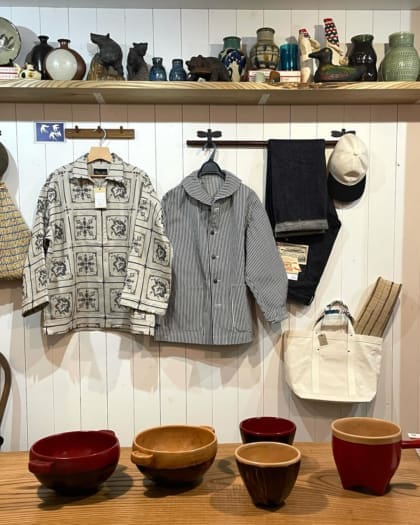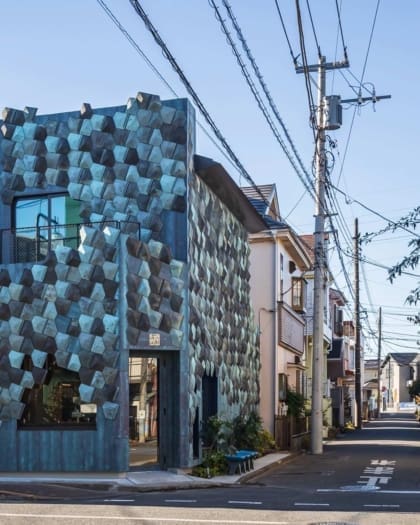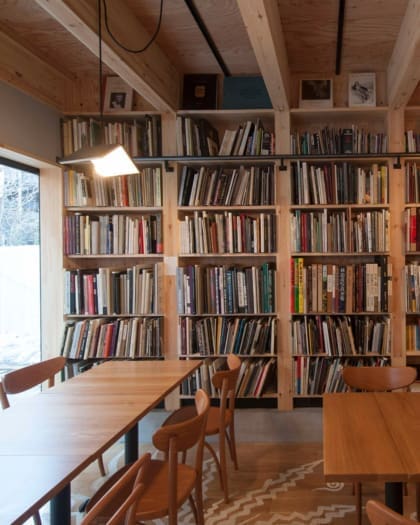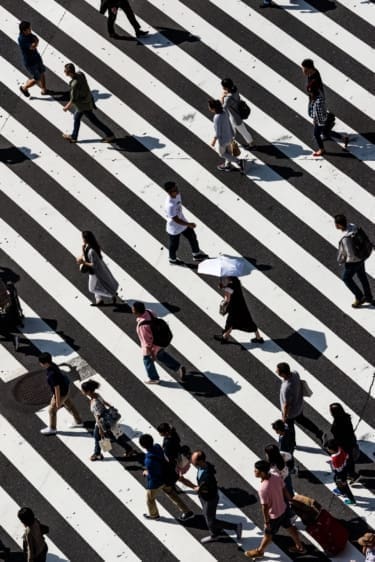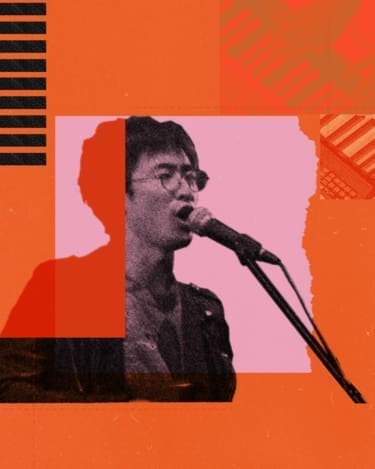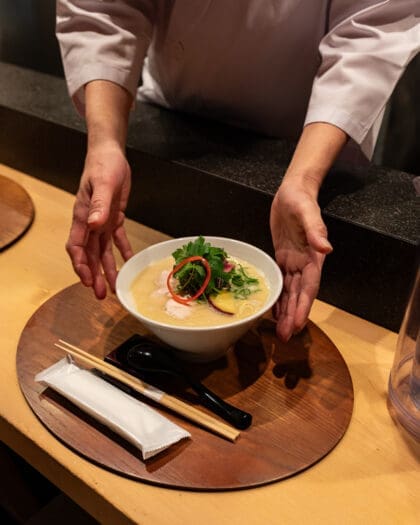
Recommended ramen shops in Tokyo for soul-stirring noodles
Japan’s bowls of rich, soul-satisfying noodles are a global phenomenon, but the country’s capital still serves up some of the best. We sifted through the thousands to bring you our recommended ramen shops in Tokyo
Ramen is Japanese soul food. The deceptively simple list of components – wheat noodles, soup stock, a seasoning sauce called tare, and toppings – yields endless variations. The ramen served at a specialty restaurant is a true culinary experience, yet affordably priced and available at all hours and anywhere people gather.
Ramen’s roots lie in China, where springy hand-pulled noodles called la mein have been eaten for hundreds of years. In the nineteenth century, Chinese immigrants brought the noodles to Japanese port cities like Nagasaki and Yokohama. Japanese chefs took the idea and made it their own, changing the seasonings and toppings to suit local tastes.
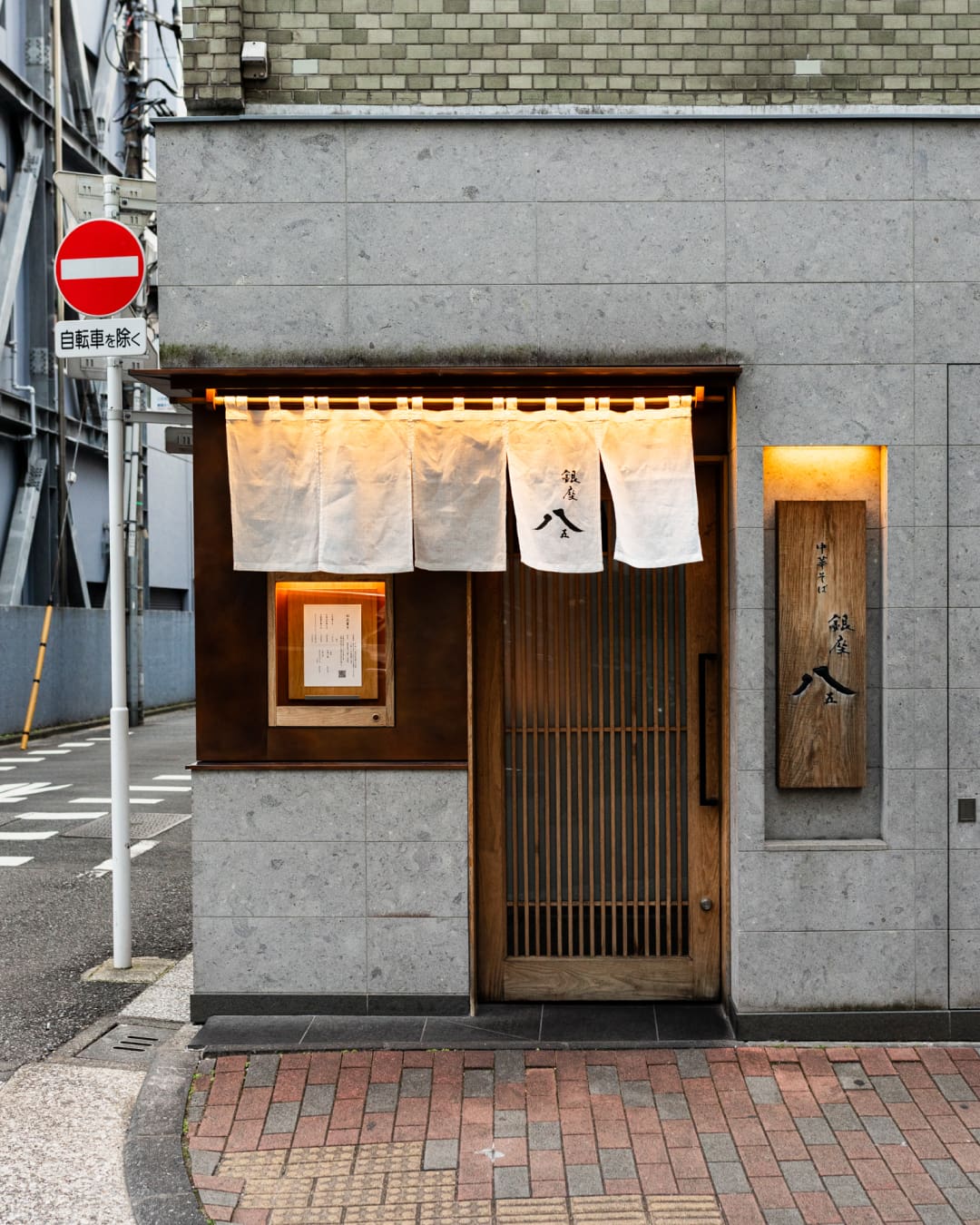
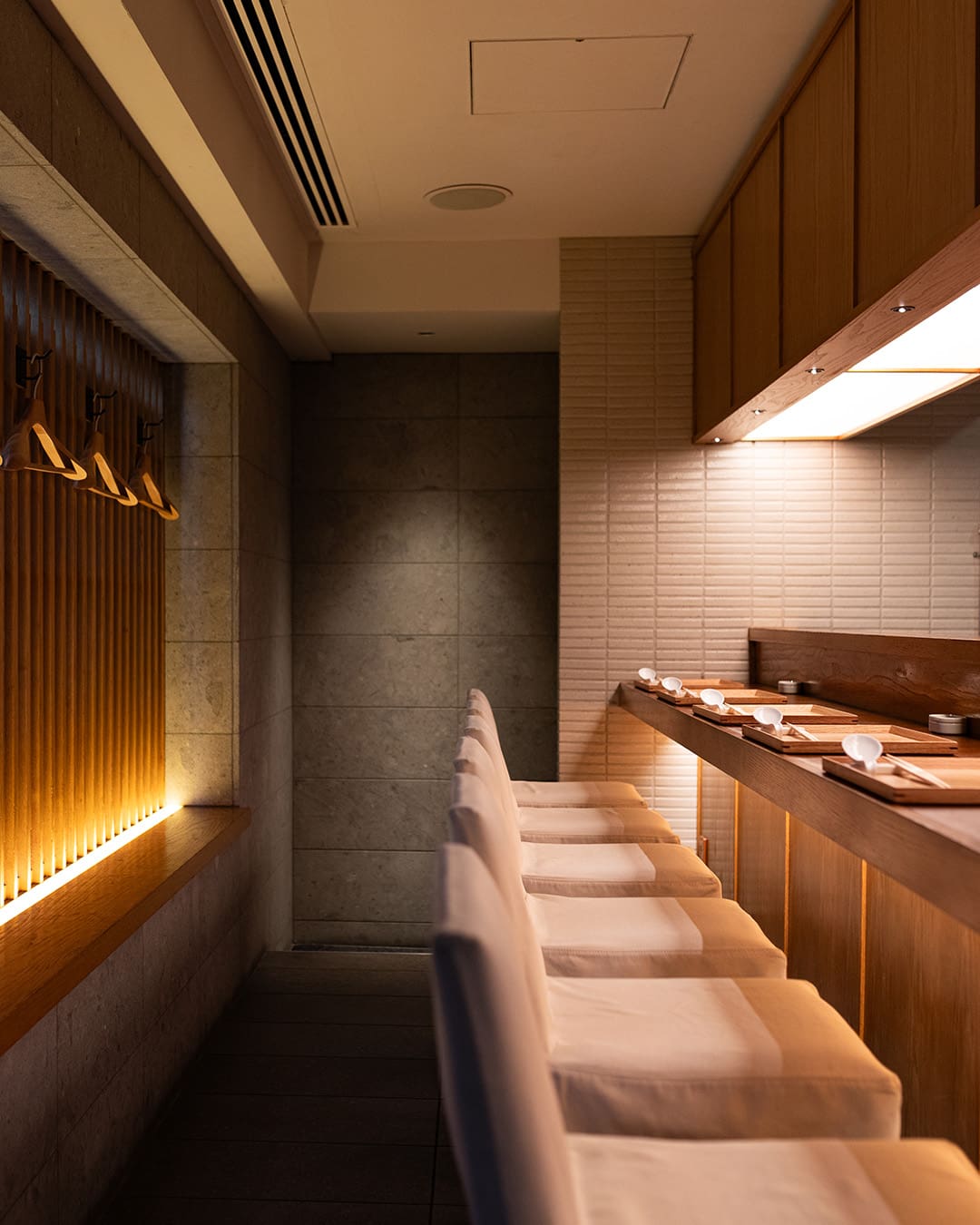
The shop considered the first true ramen purveyor, Rairaiken, was opened in Asakusa in 1910 by a former customs official from Yokohama who had frequented the port’s many Chinese noodle shops. Rairaiken developed a soup to suit local tastes, creating a soy sauce-based ramen. In the two decades that followed, the demand for cheap, filling meals for laborers grew along with industrialisation, firmly establishing ramen among the working class. Regional varieties began to emerge in cities across the country.
Following the Second World War, ramen became a truly national phenomenon. Rice was scarce, but wheat flour was readily available as part of food aid from the US. Across the country, black market vendors served up hot ramen to fill the gaps left by government rations. Many of these vendors transitioned to legitimate businesses as Japan’s economy recovered, and the ramen restaurant became a fixture of Tokyo‘s landscape.
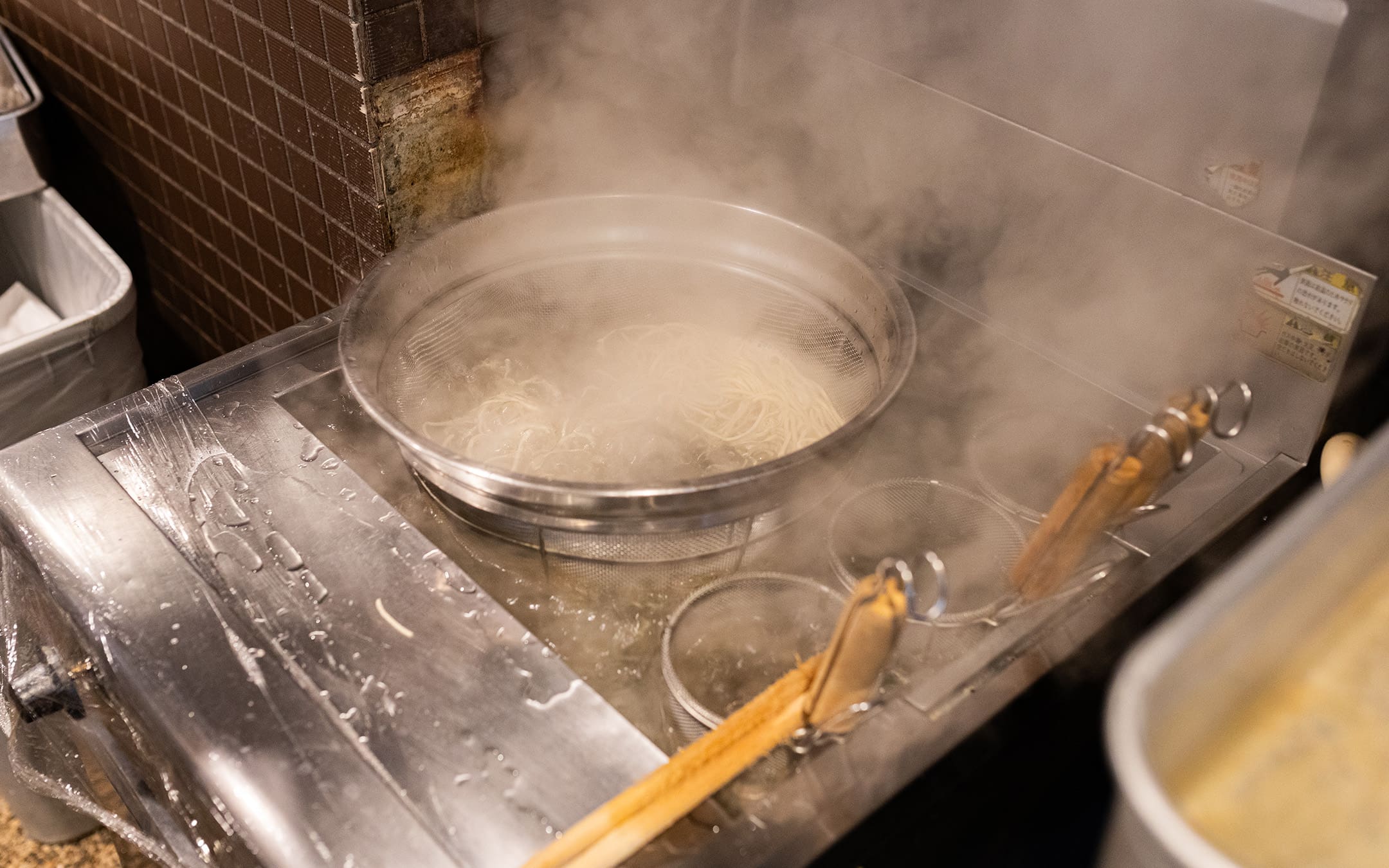
Tokyo’s ramen shops
Today’s ramen shops are typically not so different from their mid-century precursors. Customers buy a ticket from a machine near the door and take a seat at a small, kitchen-facing counter, exchanging their ticket for a steaming bowl of noodles prepared to order. Slurping the noodles, drinking the salty soup to the dregs, and leaving as soon as you’re done is good form.
With an estimated 10,000 shops in Tokyo, exploring the city’s rich ramen culture is a daunting task. We’ve got you covered with a selection of the best ramen restaurants and shops in the city, spanning the classic shio (salt), shoyu (soy sauce), tonkotsu (pork bone), and miso varieties as well as some newer takes.
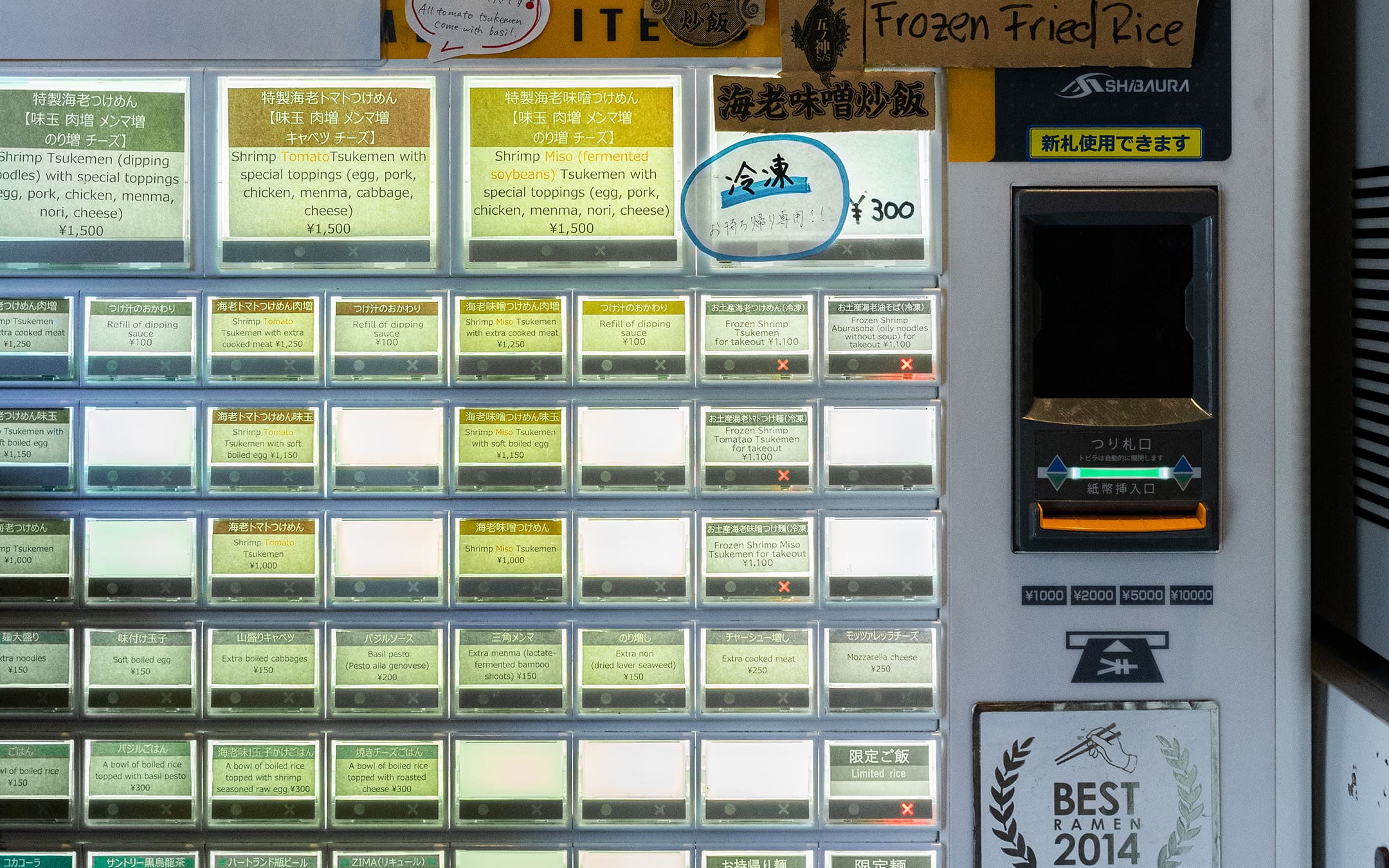
Ginza
Do Miso
Best for: Miso ramen variations with heat
Address: 3-4-3 Kyobashi, Chuo-ku
Price: From 830 JPY (5.45 USD)
As the name suggests, this ramen shop is dedicated to miso ramen, a variety from the northern city of Sapporo made with Japan’s signature fermented soy bean paste. The recipe combines chicken, pork and seafood stock with a blend of five different miso pastes for an umami-rich soup, which clings to crinkly noodles made with a touch of tapioca flour for extra springiness. Choose from standard or kotteri (thick and rich) soup, while toku indicates the typical miso toppings of char sui pork, boiled egg, bean sprouts, and corn. Add a dab of butter for the true Sapporo experience or, if you prefer spice, try the orochon mega fire version with customisable levels of togarashi chilli pepper. But if you value your taste buds, stay well away from level five.
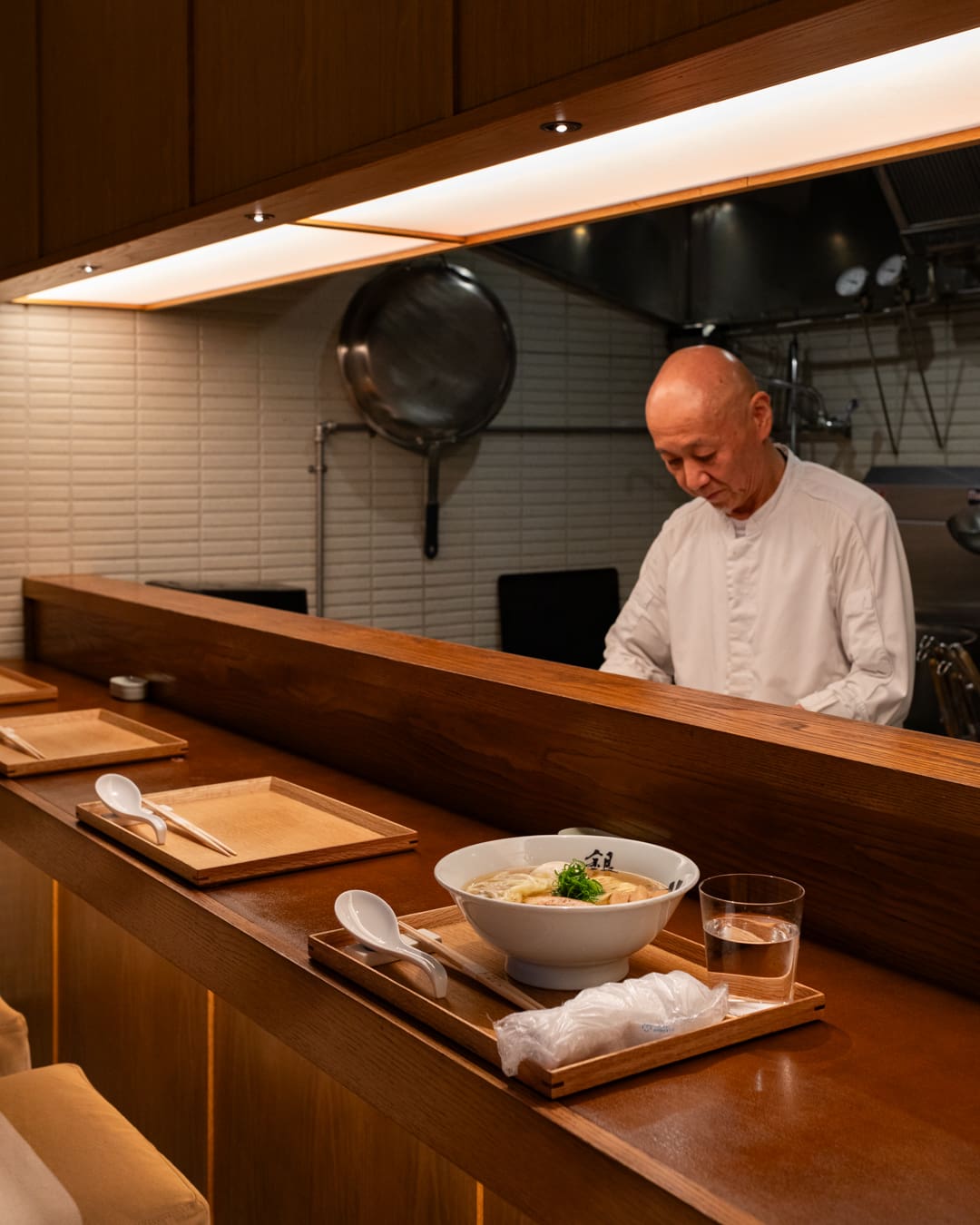
Ginza Hachigou
Best for: One of Tokyo’s most famous ramen restaurants
Address: 3-14-12 Ginza, Chuo-ku
Price: From 1,200 JPY (7.85 USD)
Chef Yasushi Matsumura worked as a French chef for 36 years before turning his skills to ramen with a mission to deliver fine dining in a single bowl. The result is a Bib Gourmand-approved consommé-esque soup, which blends Cochin chicken, duck, scallops, ham, kombu seaweed, onion, dried tomatoes and shiitake mushrooms. The complex brew is seasoned not with traditional tare but just a sprinkling of sea salt to add depth to the existing flavours, and is topped with menma (bamboo shoots), pork belly char sui, sliced leeks and a soft-boiled egg. Ginza Hachigou previously held a Michelin star and service at this ramen restaurant is more haute cuisine than casual counter and reservations are a must.

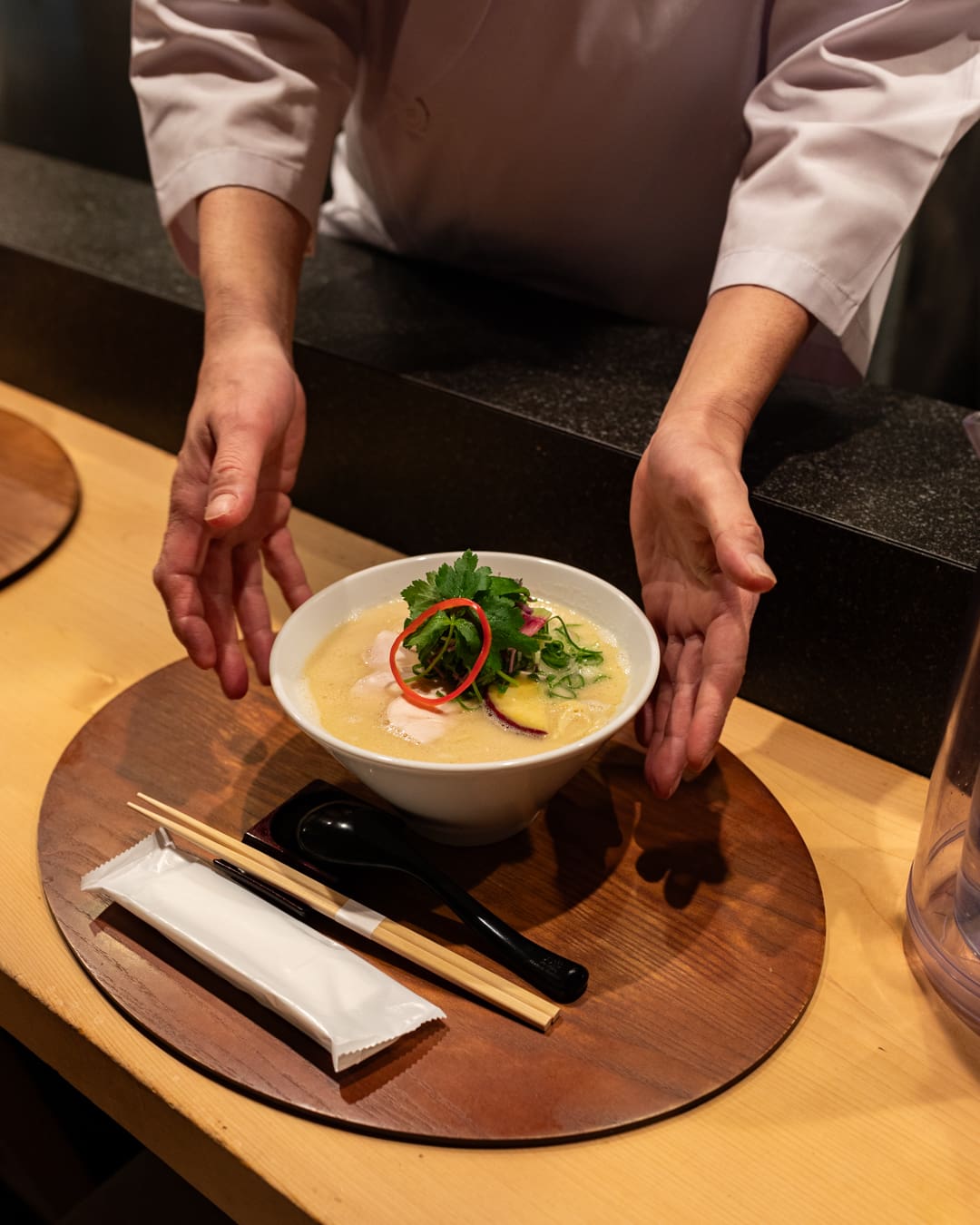
Kagari
Best for: Tori paitan with truffles
Address: 6-4-12 Ginza, Chuo-ku
Price: From 1,800 JPY (11.80 USD)
Before the introduction of a QR code waiting system, ramen fans used to queue for hours in front of this tiny back alley nook. Their goal: a bowl of thick, rich tori paitan, a chicken-based ramen variety. Kagari tops its ramen with seasonal, locally sourced vegetables, steamed chicken breast and a dash of truffle oil for something at once healthier and more decadent than your typical ramen. You can also splurge on fresh grated truffles to up the luxe factor. And if you can’t make it here during your stay, you can now grab a bowl on your way out of town as Kagari has opened a branch at Narita’s Terminal 2.
Mugi to Olive
Best for: Light, shellfish-based ramen; snug ramen restaurant
Address: 6-12-12 Ginza, Chuo-ku
Price: From 1300 JPY (8.45 USD)
Just a short hop from the high-end shopping on Ginza’s main drag and the Ginza Six department store, this stylish ramen restaurant attracts a well-heeled crowd for lunch and dinner. It is best known for its hamaguri soba, a shoyu variety with a clear, briny broth made from hamaguri clams sourced fresh from Toyosu Market daily and topped with sous vide chicken breast, fish cake and chopped mitsuba (Japanese parsley). Since the soup lacks the rich fats of pork or chicken varieties, a scallion-infused olive oil can be added to taste. But even with a generous splash, it remains a far healthier and lower calorie option than your typical bowl.

Shinjuku
Fūunji
Best for: Double soup tsukemen dipping noodles
Address: 2-14-3 Yoyogi, Shibuya-ku
Price: From 950 JPY (6.20 USD)
Fu-unji is the place to go for tsukemen, a kind of deconstructed ramen where you dip noodles into a cup of concentrated soup. The shop helped popularise the now-common double soup variety, which blends two different stocks. The rationale is that different bases – in this case, chicken and fish – are best prepared at different temperatures. Blending them after preparation rather than cooking in one batch allows the chef to better coax out individual flavours. Since opening in 2007, the shop has converted many to its way of thinking, and a line often stretches well past its blue-curtained entryway.
Nagi
Best for: Niboshi ramen in Tokyo’s nightlife district
Address: 1-1-19 Kabukicho, Shinjuku-ku
Price: From 1,300 JPY (8.45 USD)
This venerable hole in the wall is tucked into the nightlife district of Golden Gai and serves up booze-buffering carbs 24 hours a day. Its specialty is niboshi (dried anchovy) ramen with a mix of extra-wide and curly noodles. The soup is made from a blend of more than 20 kinds of niboshi sourced from around Japan, boiled for more than 12 hours to render a pungent, umami-filled stock thick with particulate. A classic red lantern marks the entrance to the second-floor shop with just six seats, a tiny, grungy sibling to the neighborhood’s famed closet-sized bars.
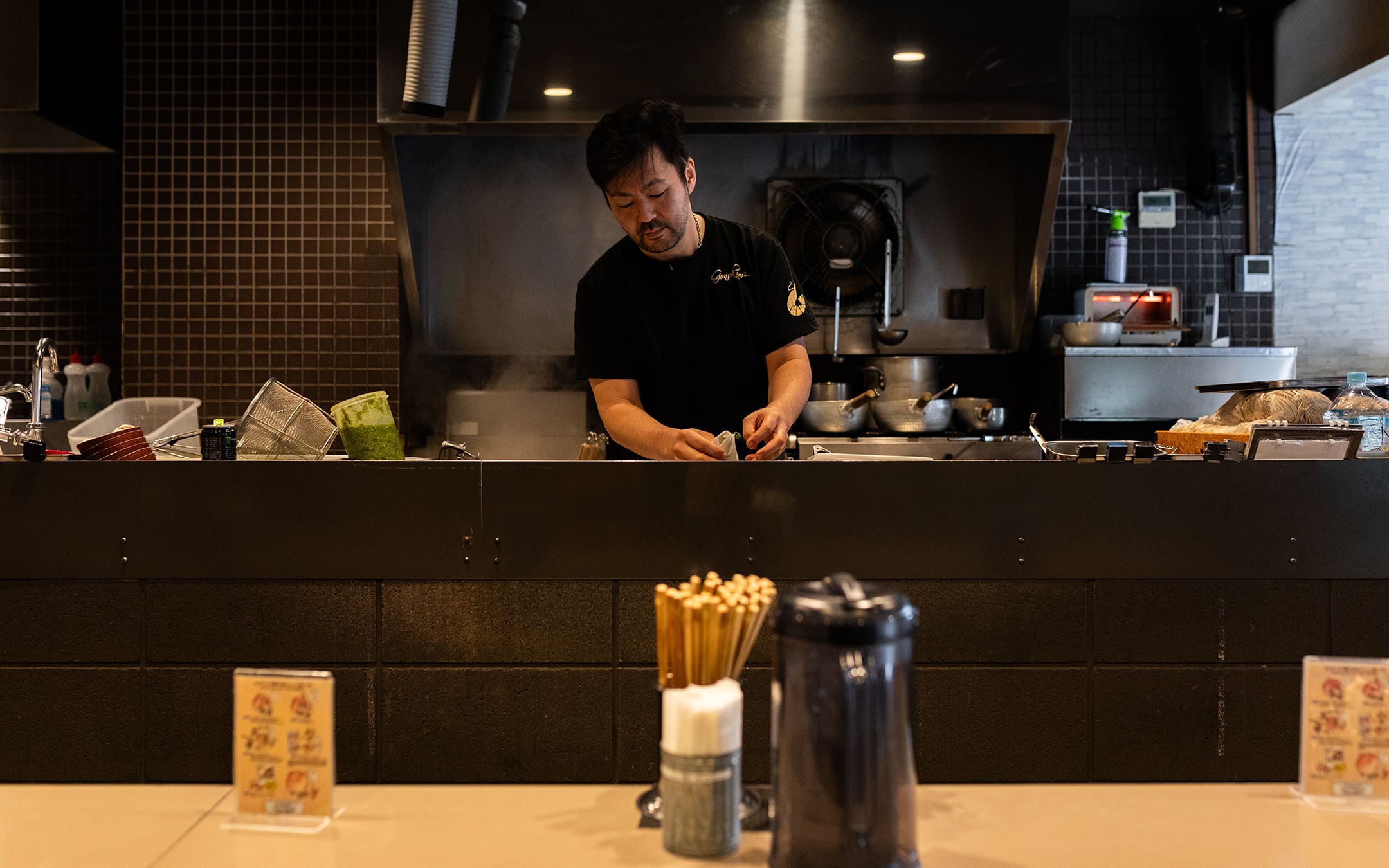
Tsukemen Gonokami Seisakusho
Best for: Italian-influenced tsukemen with tomato and seafood
Address: 5-33-16 Sendagaya, Shinjuku-ku
Price: From 1,000 JPY (6.50 USD)
If the long line of fans waiting outside doesn’t help you spot this ramen shop, the giant shrimp sculpture on its sign will. This relative newcomer has made a name for itself with huge portions and Italian influences. Their shrimp dipping sauce comes in standard, miso and tomato varieties, but the last is the clear fan favourite, with the acidity of the tomatoes hitting a harmonious counterpart to the briny shrimp and creating the bouillabaisse-ramen hybrid you didn’t know you needed. A dollop of pesto rounds out the flavours, while chunks of menma (bamboo shoots) and fatty roast pork provide a nice toothsomeness. Pro tip: the staff can add a side of rice and parmesan to your leftover soup for a mini risotto.
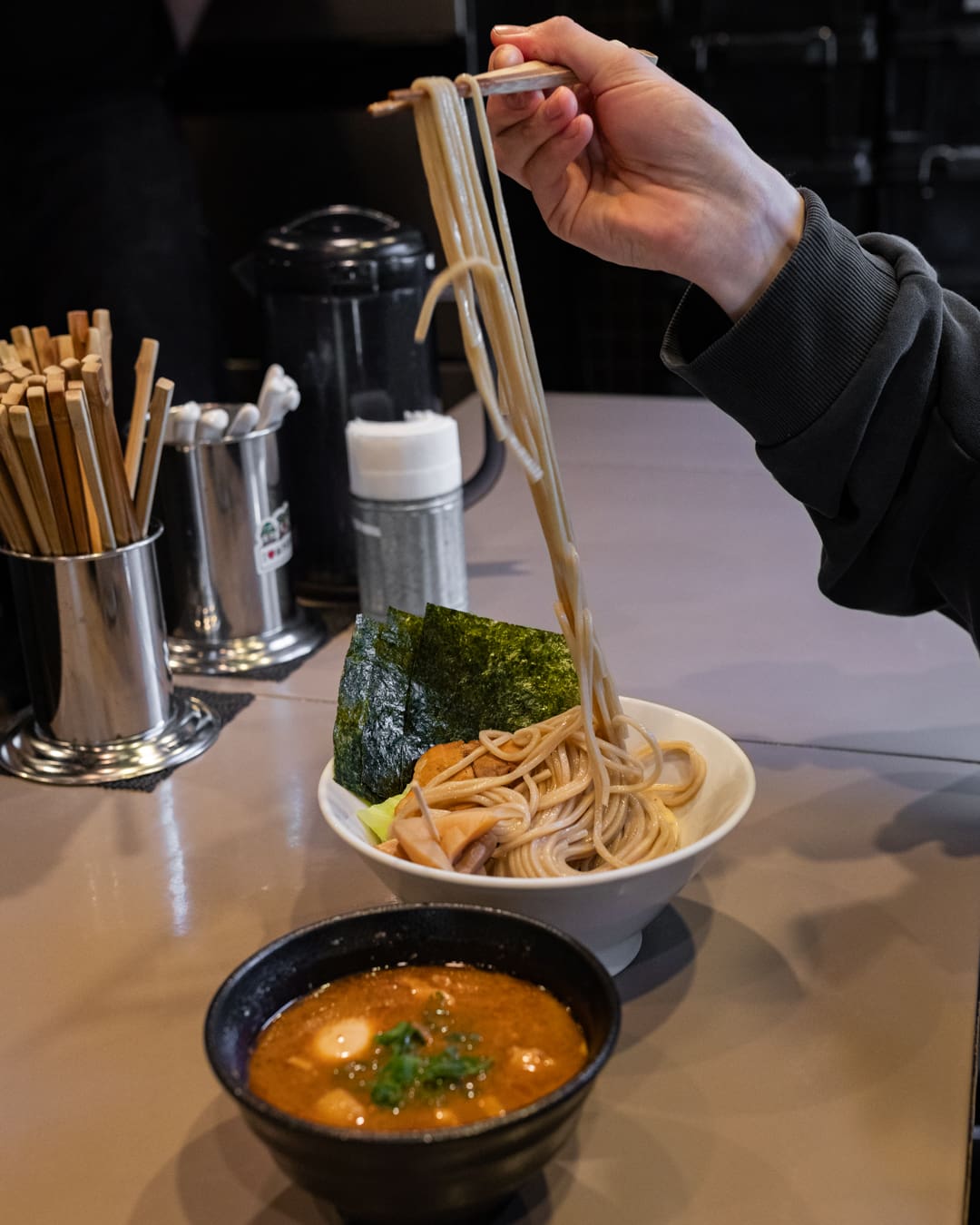
Roppongi
Iruca
Best for: Elevated shio and shoyu in stylish surrounds
Address: 4-12-12 Roppongi, Minato-ku
Price: From 980 JPY (6.40 USD)
The critics over at Michelin have given a Bib Gourmand designation to this stylish ramen shop for its refined takes on the classic shio and shoyu styles. The base for both is an elegant blend of four different soups, including chicken, beef, clams and spiny lobster. The shio tare is then paired with a yuzu citrus butter, while the shoyu tare is accented with a porcini and truffle paste. With a garnish of heirloom Kujo onions from Kyoto and eggs from Akita’s free-range Hinai chickens, plus custom Mino ware bowls from Gifu, each element in the presentation showcases Japan’s rich culinary history. The pale wood interior looks more like a high-end kaiseki counter than a noodle shop, but in the ritzy neighborhood near Tokyo Midtown and Roppongi Hills, it fits right in.
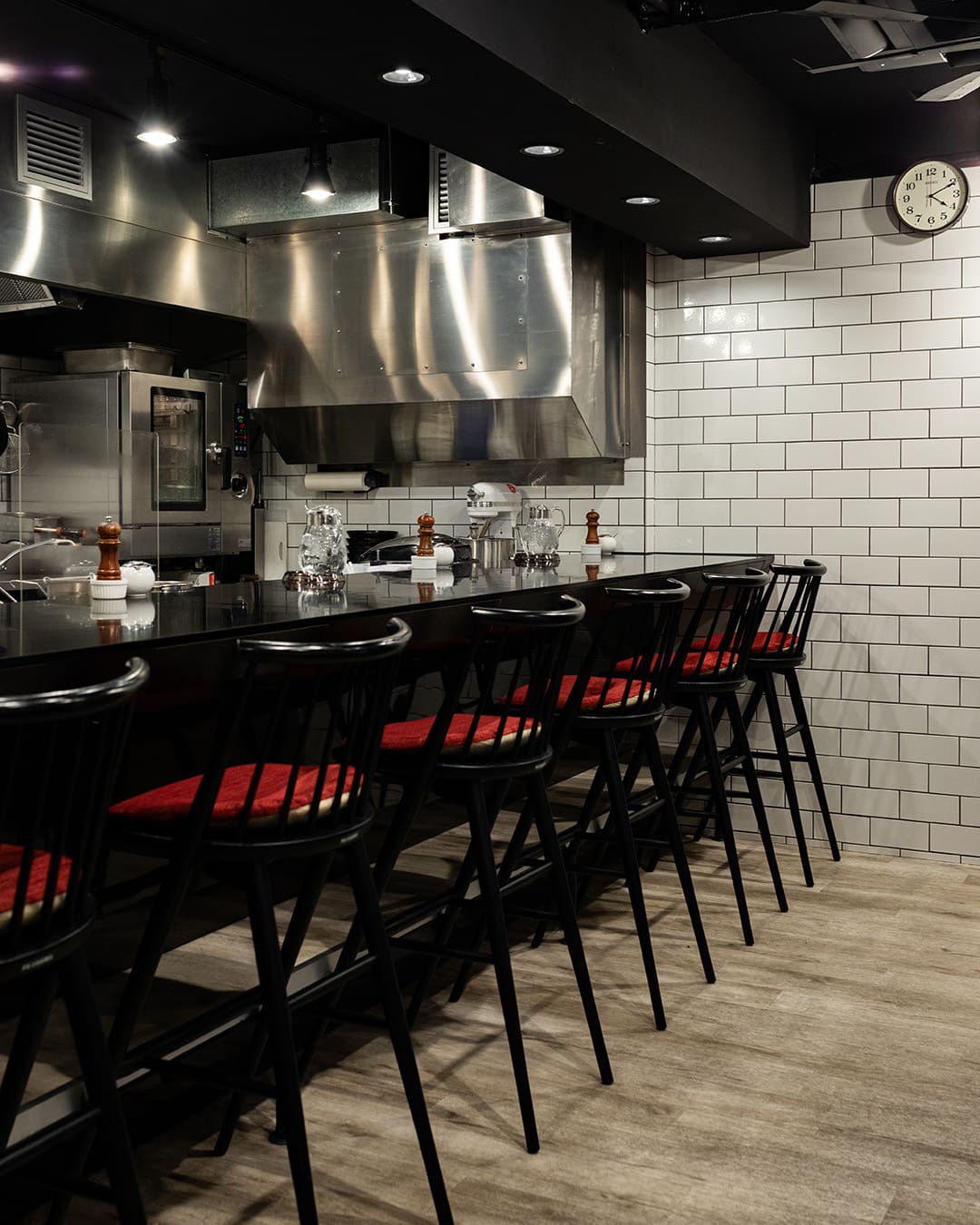
Tokyo Station
T’s Tantan
Best for: Grabbing vegan ramen before a bullet train
Address: 1-9-1 Marunouchi, Chiyoda-ku
Price: From 980 JPY (6.40 USD)
Located inside the JR ticket gates at Tokyo Station, T’s Tantan is a perfect pit stop before your bullet train. Everything on its menu is vegan, including three ramen varieties: yuzu shio, spicy tan tan, and a changing seasonal option. The signature tan tan balances the traditional heat with a rich nuttiness from copious amounts of sesame, available in white, golden and black varieties. Garnished with fresh veggies and ground soy meat, it’s a healthy and guilt-free meal, so don’t hold back on ordering a side of their vegan gyoza dumplings, too.
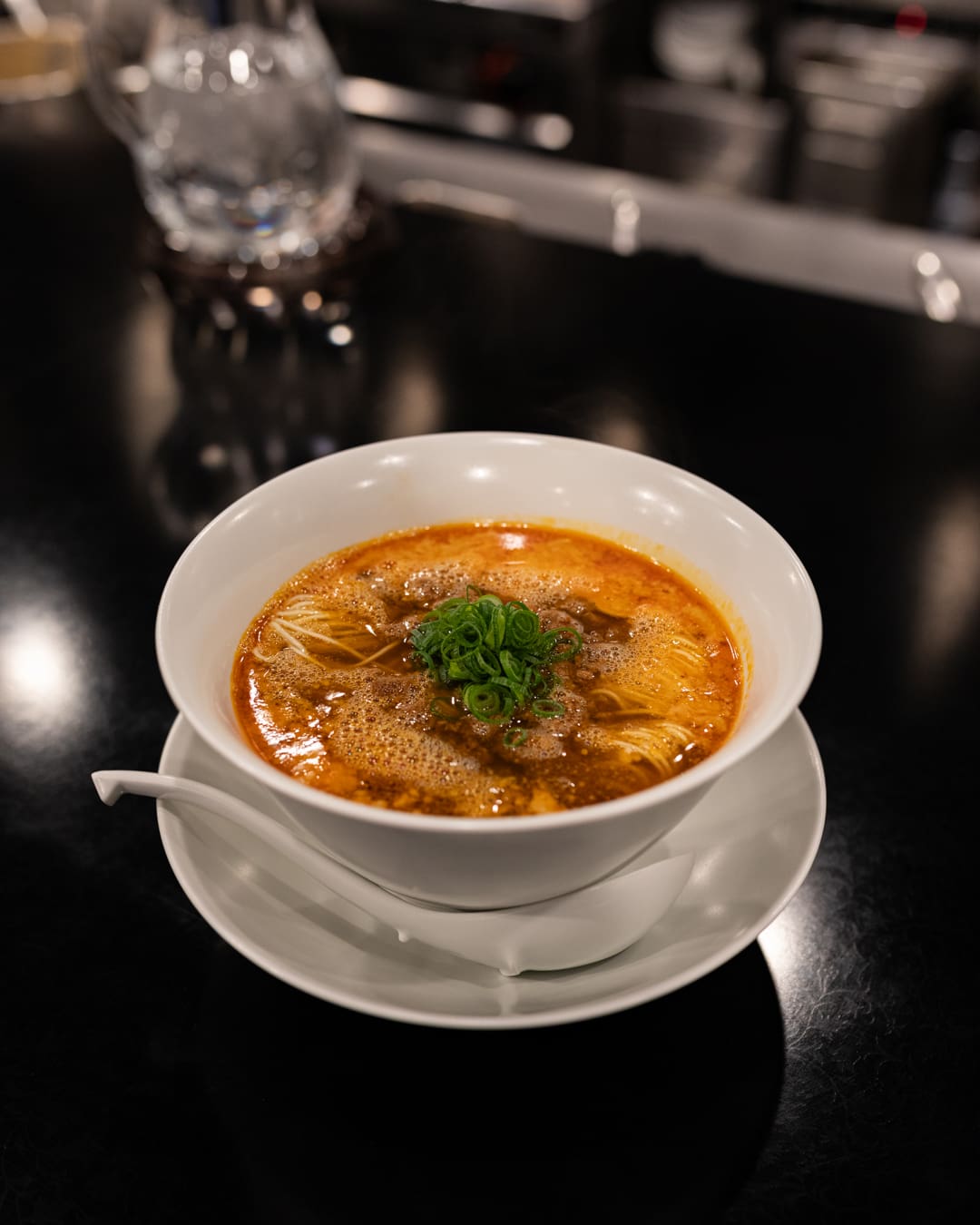
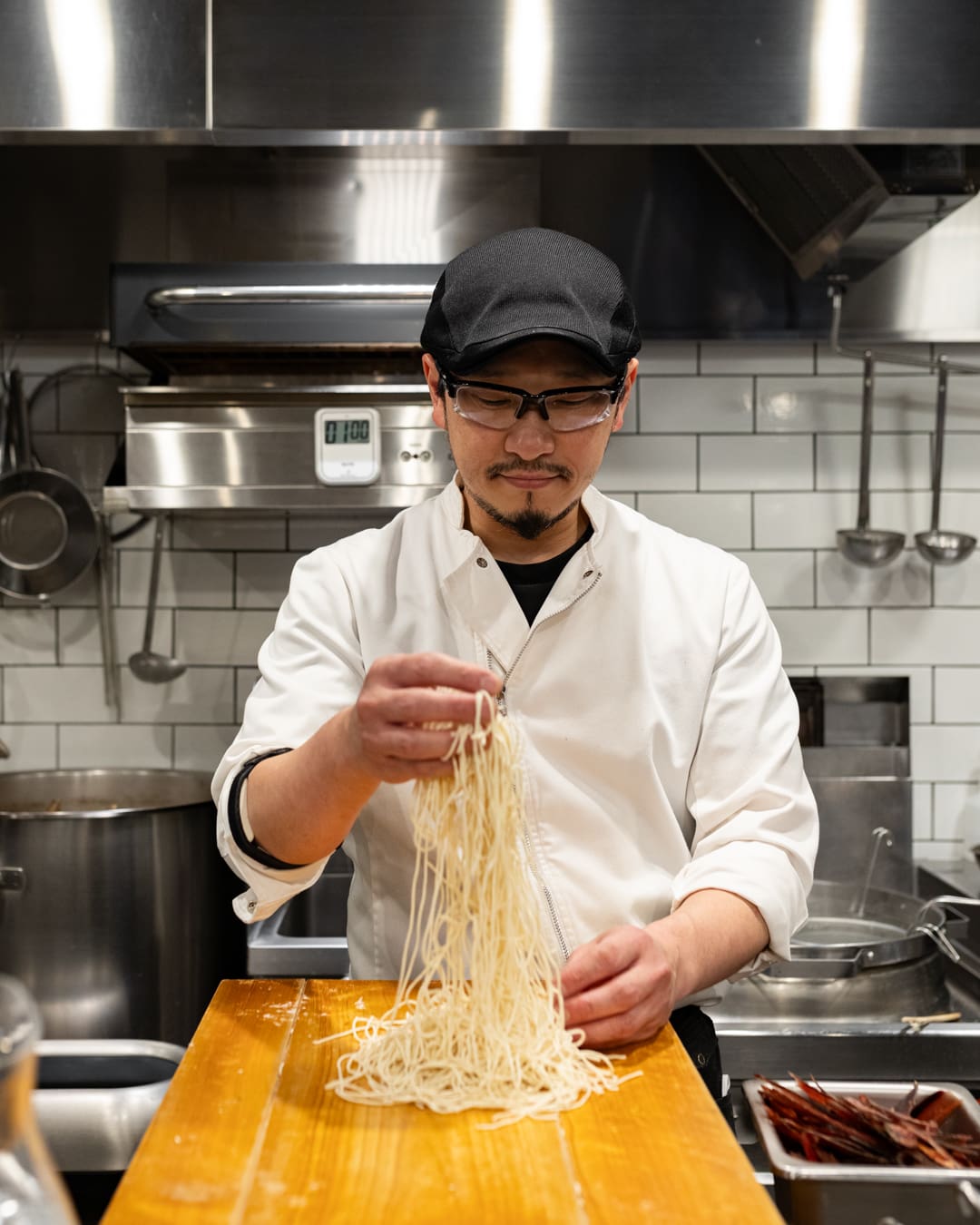
Otsuka
Nakiryu
Best for: Michelin-calibre ramen
Address: 2-34-4 Nishi-otsuka, Toshima-ku
Price: From 1,200 JPY (7.80 USD)
In 2015, Tokyo’s Tsuta was awarded the first Michelin star in the newly minted ramen category but, in truth, the first ramen purveyor to get a star was chef Kazumasa Saito’s erstwhile Mist in Hong Kong, which got a star for Japanese cuisine back in 2011. Chef Saito has since returned to Japan, establishing Nakiryu and drawing on his background in Chinese cooking to craft an accolade-worthy tan tan tsukemen and a piquant hot and sour ramen called sanramen. But many a ramen fan will tell you the best option at Nakiryu is actually the humble shoyu. Saito opts for a classic preparation with chicken and pork, topped with the traditional green onion, egg and char sui. Sometimes, simplicity done flawlessly is sublime.
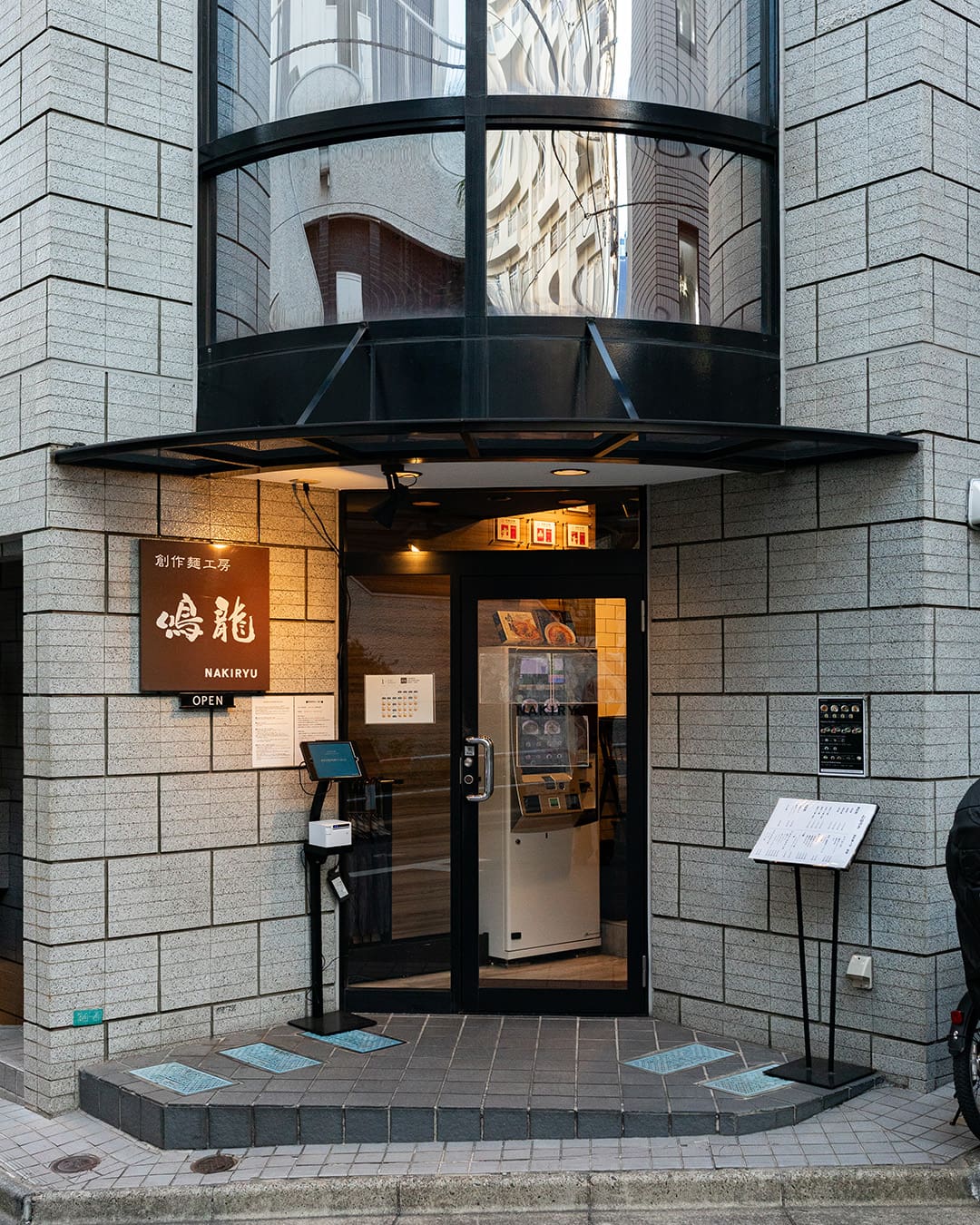
Nishi Azabu
Akanoren
Best for: Hakata-style tonkotsu
Address: 3-21-24 Nishi-azabu, Minato-ku
Price: From 850 JPY (5.50 USD)
Tonkotsu is a thick, creamy soup made from pork bones. It’s often referred to as Hakata ramen, a reference to a ward in the southern city of Fukuoka from which it originates. Akanoren was one of the first Hakata shops, said to date back to a street stall opened in 1946. The Tokyo outpost’s 40-year history seems almost short in comparison, but nevertheless shows sticking power in the city’s cutthroat ramen scene. The soup is still made using the original recipe, simmering the bones for a full day in an old-fashioned Goemon kettle and finishing with a touch of soy sauce. You can order the noodles at six levels of hardness to truly customise the experience. Or try a couple, since ordering an extra ball of noodles (kaedama) to finish off your soup is standard practice in Hakata.
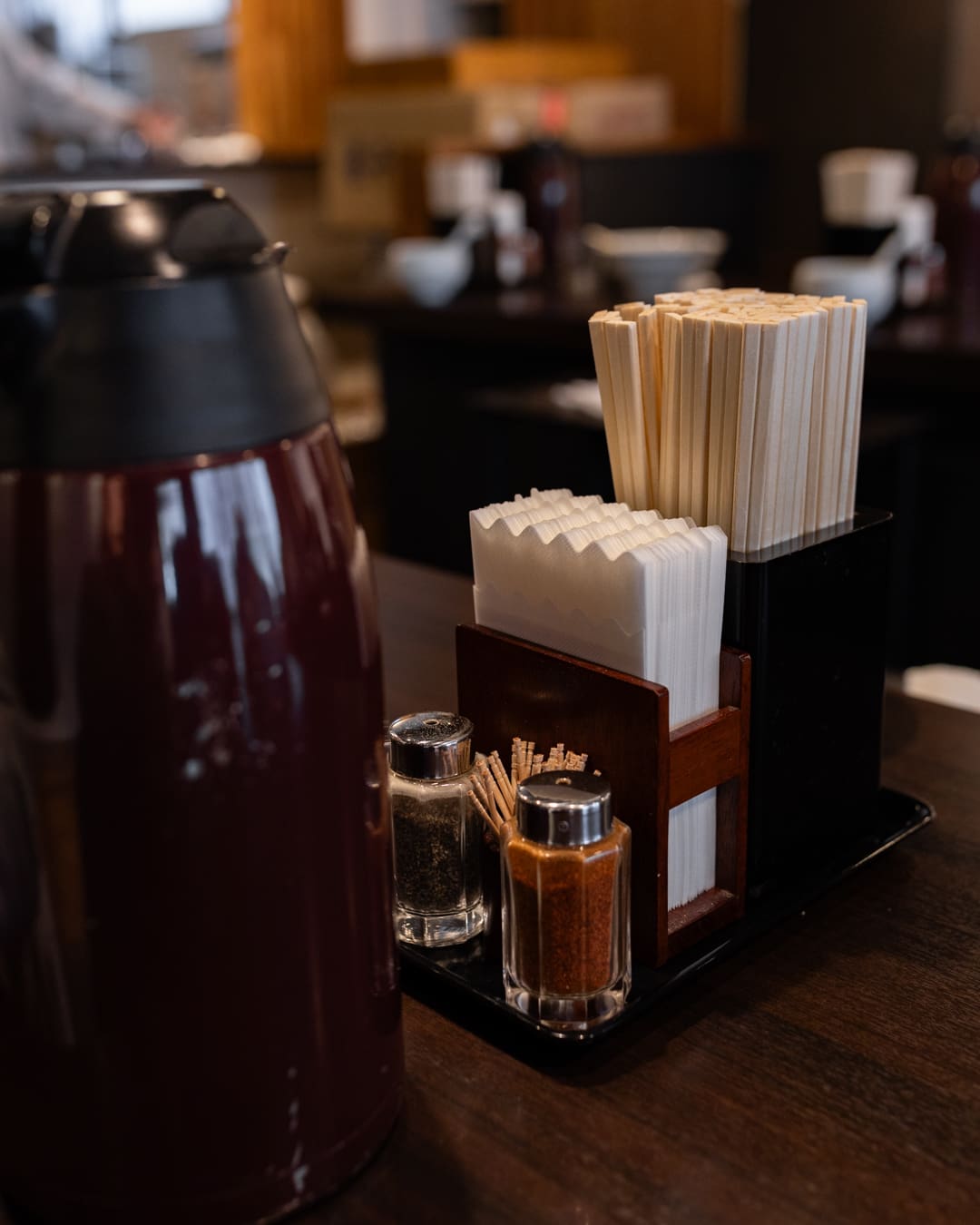
Ogikubo
Goryokaku
Best for: Hakodate-style shio ramen
Address: 3-28-7 Amanuma, Suginami-ku
Price: From 900 JPY (5.85 USD)
Shio ramen is thought to originate from the port city of Hakodate in Hokkaido. Born and raised in Hakodate, Goryokaku’s owner-chef brings the beloved flavours of his childhood to Tokyo by sourcing many traditional ingredients from back home. His soup is made with pork and chicken but also Hokkaido kelp and scallops. The same goes for the wheat used in the noodles, which are unusually made in house. In addition to menma, onion and char sui, the standard toppings include a spongy disk of wheat gluten called fu, another age-old product of Hokkaido. For the full Hakodate experience, add a wad of gagome kombu – premium dried kombu that is shredded paper-thin so it melts in the broth and adds a viscous texture and intense umami.
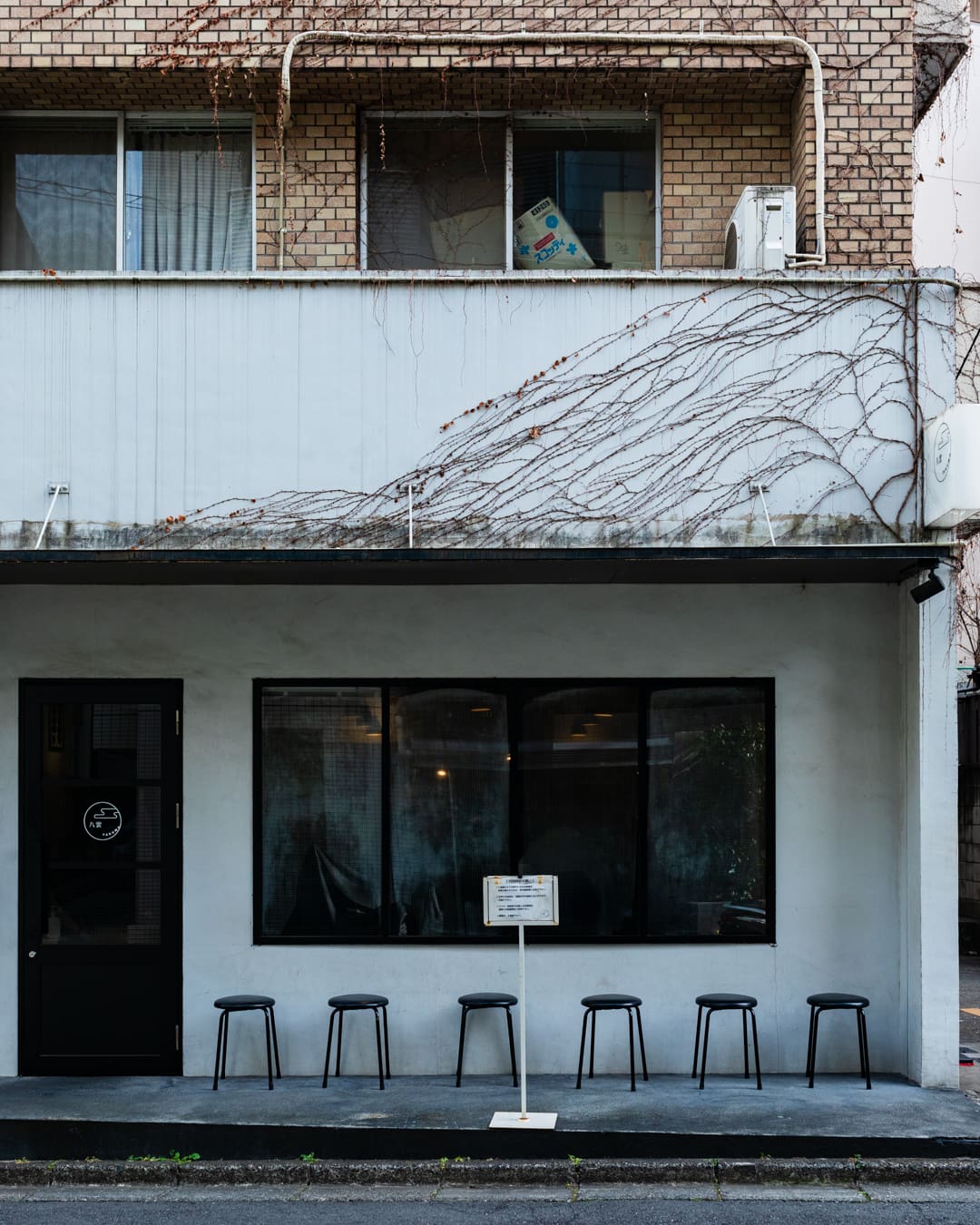

Nakameguro
Yakumo
Best for: Wontons in white shoyu soup; chic setting
Address: 3-6-15 Higashiyama, Meguro-ku
Price: From 950 JPY (6.20 USD)
Yakumo originally opened near Nakameguro Station in 1999 but its wonton ramen attracted so many fans it had to move to a bigger location on the outskirts. The mod black-and-white design of this ramen restaurant exemplifies the neighbourhood’s reputation for savvy design. The Bib Gourmand-awarded shop offers two basic varieties: a black shoyu made with standard soy sauce and a white variety that uses shiro shoyu, a type of soy sauce that uses a higher ratio of wheat to soybeans and shorter fermentations to get a sweeter flavour and pale, translucent colour. Both are topped with plump wontons, equal numbers of shrimp and meat, along with the usual char sui and menma.
If you’re planning to visit Tokyo in the new future, don’t miss our comprehensive city guide, written by locals and featuring the city’s best hotels, restaurants, shopping, galleries and more.
